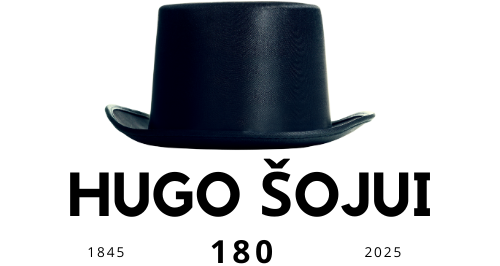
Address:
Macikų k., LT-99156, Šilutė r.
Phone: +3706 441 62207
Visiting by report in advance tel.8441 62 207
Macikai Internment Camp Lockup – Museum
II – World War Period
War prisoners‘ camp (1941-1944)
1939-1945, during World War II, Germany built prisoners‘ camps in different European locations. In 1941, a prisoners‘ camp Stalag 1C Heydekrug (Šilokarčiama was called Heydekrug in German, now Šilutė) was established in Macikai, Klaipėda region, then held by Germans. In 1943, this prisoners‘ camp was reorganized to Stalag Luft 6 Heydekrug. It became specialized and was only meant for war prisoners of Air Forces. Air Force pilots from countries of anti-Hitler coalition: England, America, Poland, Belgium, France and Russia were kept here. Belgian and French prisoners were sent to live and work under local farmers supervision. Imprisonment conditions were differentiated and depended on prisoners‘ nationality. Requirements of the Geneva Convention were not applied to Soviet war prisoners imprisoned here, as the Soviet Union did not sign this convention. Articles of the Geneva Convention determined the main Human Rights of the imprisoned during the period of war conflicts.
The specific number of fatalities during this period is unknown as there is no authentic archive material in Lithuania, basing on which the number of victims could be counted.
Soviet Period
The Soviet Union War prisoners‘ camp for German troops No. 184 (1944-1948)
At the end of 1944, when the Soviets occupied Lithuania for the second time and crossed the German border at Macikai, in the territory of the former prisoners‘ camp Stalag Luft 6 Heydekrug, an internment camp No. 184 was established. The Soviets imprisoned German troops there. All the Soviet attributes: huts, lockup-confinement cell, sanitary department would fit within this relatively small territory.
Conditions of imprisonment were severe. The main cause of prisoners‘ death was dystrophy. Inhumane working conditions had a significant impact here as well. About 2 thousand war prisoners worked in Klaipeda construction and entities in 1946-1947. Prisoners were forced to walk on foot to Klaipėda to work. The Soviet Union prisoners‘ camp for German troops No. 184 operated till 1948. About 422 people died there during that period.
Gulag camp No. 3 (1944-1955)
In 1948 War prisoners‘ camp for German troops No. 184 was being reorganized to GULAG Šilutė (Macikai) camp No. 3 that operated till 1955. After reorganization, civilians exclusively were imprisoned there.
The camp was surrounded by 10 guard towers and a huge 3 m height and 2-row barbed wire fence. In between the fences watchdogs would be unleashed. By the data of 1952, it was one of the largest camps of the occupied Lithuania. The territory of the camp was expanded to 5 ha and 3000 people could be imprisoned there. Political prisoners punished for 25 years of correctional works, were kept the most strictly in a separate closed zone. Women and their children born in prison or camp were also imprisoned there, they even had a separate hut. A vast number of people imprisoned there were carried to internment camps in the territory of the former Soviet Union.
The real causes of death of people having died at the internment camps were concealed as they were caused by heavy forced labor, frost and famine. While exploring the remaining logbooks of the dead prisoners it was found, that 365 prisoners and 70 children died in the period of 1948-1955.
Macikai Internment Camp Lockup – Museum
The only remaining buildings from the former prisoners‘ camp/GUALAG are the lockup and a part of the cemetery site. By the initiative of Šilutė exiles and political prisoners, Macikai Internment Camp Lockup – Museum was established. In 1995, this museum became a part of Šilutė Museum.
The internment camp cemetery is situated near the museum. The remaining territory is smaller as the cemetery was deliberately destroyed by reclaiming the territory. If not for the Sąjūdis and former prisoners of the internment camp having united to the union of exiles and political prisoners, this territory would have been destroyed, without a remaining sign.
- Prisoners card
- Interior of American hut K4, 1944, Howard Copeman‘s drawing
- One of the huts of Macikai GULAG can be seen in the photo
- Children of Macikai GULAG celebrating the New Year in 1953
- Current Internment Camp Lockup – Museum view
- A moment of educational session
